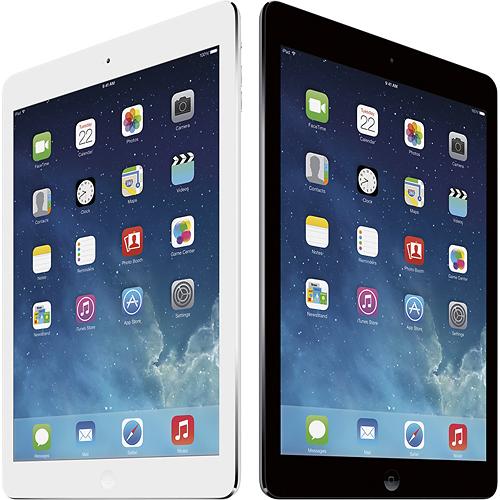Why Apple should make Mac chips: Windows 10 ARM laptops will have multi-day battery life

Industry players, such as Microsoft, have arrived in Hong Kong this week for Qualcomm’s 4G/5G Summit, an annual event to strategize and discuss trends and technology developments.
One of the topics of surefire interest revolves around Microsoft’s upcoming ARM-powered Windows 10 laptop. In a glimpse into its battery life potential, Microsoft’s Principal Group Program Manager for Connectivity Partners, Pete Bernard, told Trusted Reviews that he only needs to “charge it every couple of days or so.”
Having multi-day battery life on a real, full-featured laptop would indeed, as Bernard puts it, be a game-changing innovation. Yet, when you consider how much better Apple’s custom-designed silicon is compared to Qualcomm’s Snapdragon chips, the possibilities for an ARM-powered Mac become all the more desirable.
Expand
Expanding
Close


